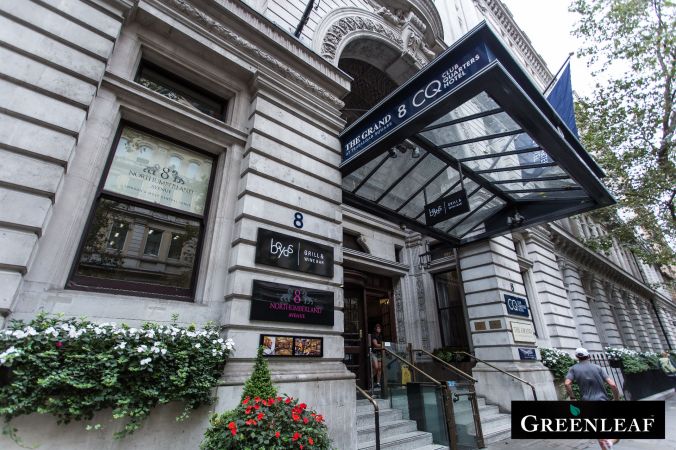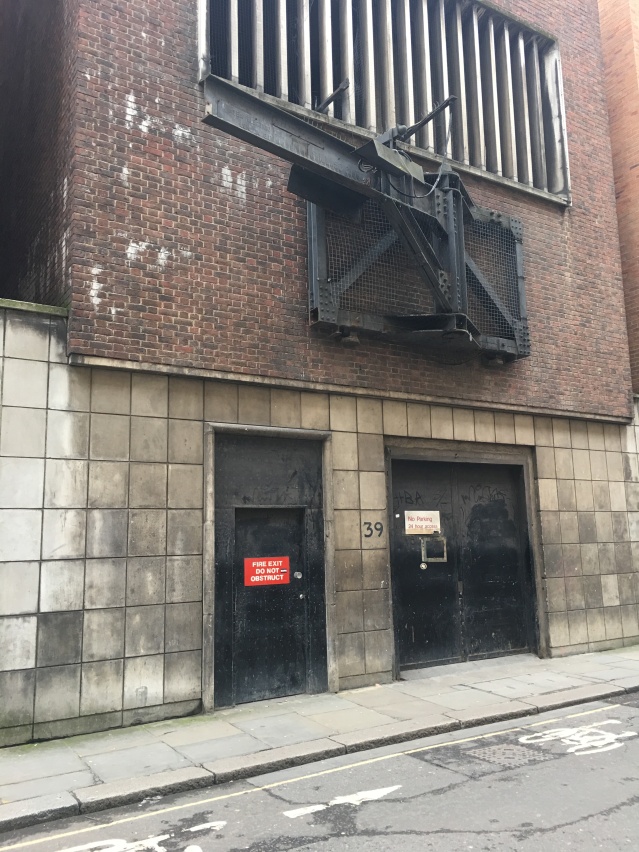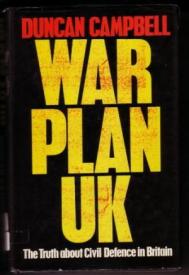On Monday, Sneezie and I acted like tourists and explored Westminster Palace (the Houses of Parliament). We locals usually kind of just pass it by without giving it a thought but the tour is proper interesting.

The Elizabeth Tower (what we often refer to as Big Ben) is currently being renovated, so is covered in scaffolding. There are armed police in abundance. Even at this time, with all of the MPs on holiday, security is clearly a high priority. We started our tour in Westminster Hall, which is vast, 1,000 years old and has a massive gothic ‘hammerhead’ roof. The hall is used for state occasions and can accommodate up to 3,000 people.
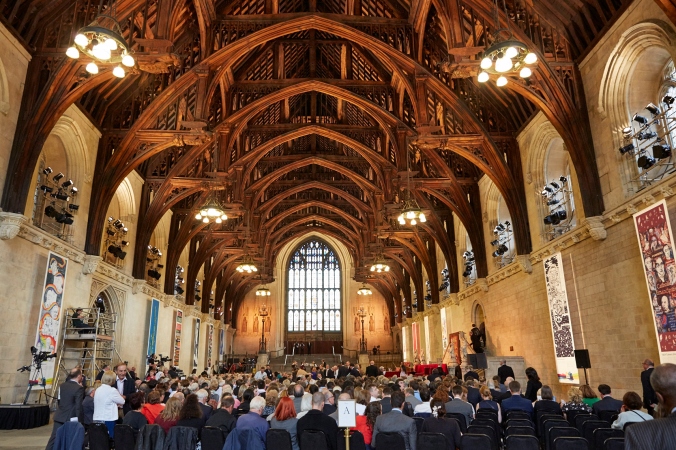
The chambers of the Lords and the Commons were both empty of MPs so we were free to have a wander. The audio tour handset thingies are very informative. A tour well worth taking.
Off site, a highlight of the day was the 3 metre diameter air vent in the photo below.
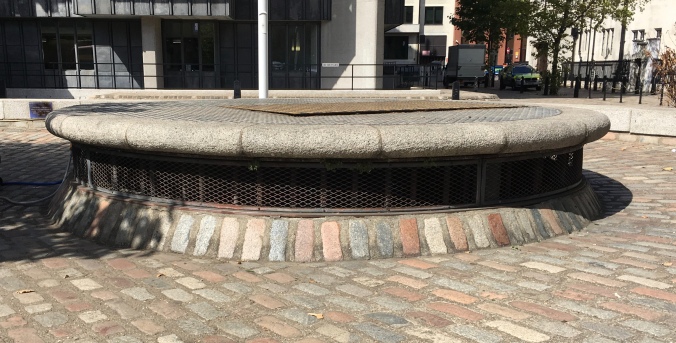
This is just outside the Queen Elizabeth II Conference Centre in Broad Sanctuary (top end of Victoria Street). Hidden in plain sight, Londoners pass this by every day or maybe sit on it to eat a packed lunch. It has become an unrecognised bit of street furniture. This structure is in fact the pinnacle of the ventilation system for the secret tunnel network which links Westminster to Mile End and Paddington, as explored by Duncan Campbell in 1980.
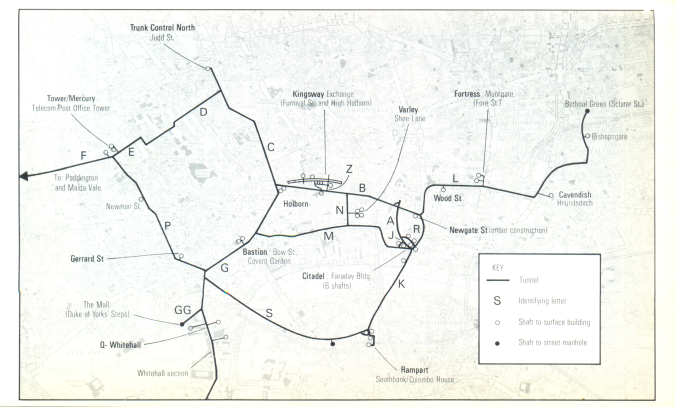
It may also have something to do with Pindar, I’ll have to find out.
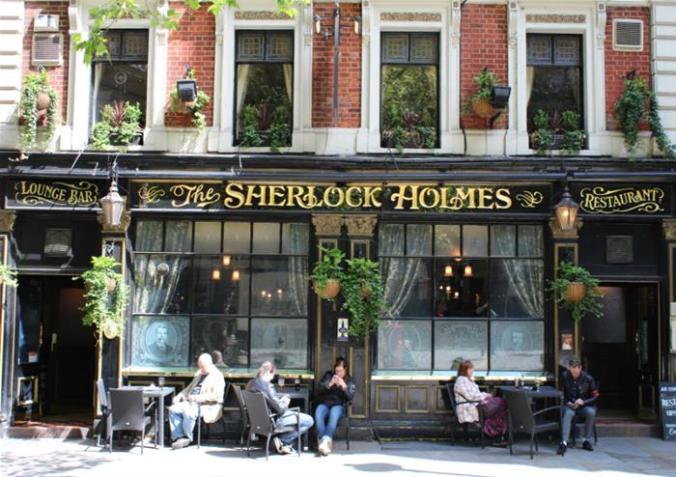
We rounded off our visit with a late lunch in the Sherlock Holmes pub, located opposite The Grand, which will be Jack’s new place of work from September onwards.
